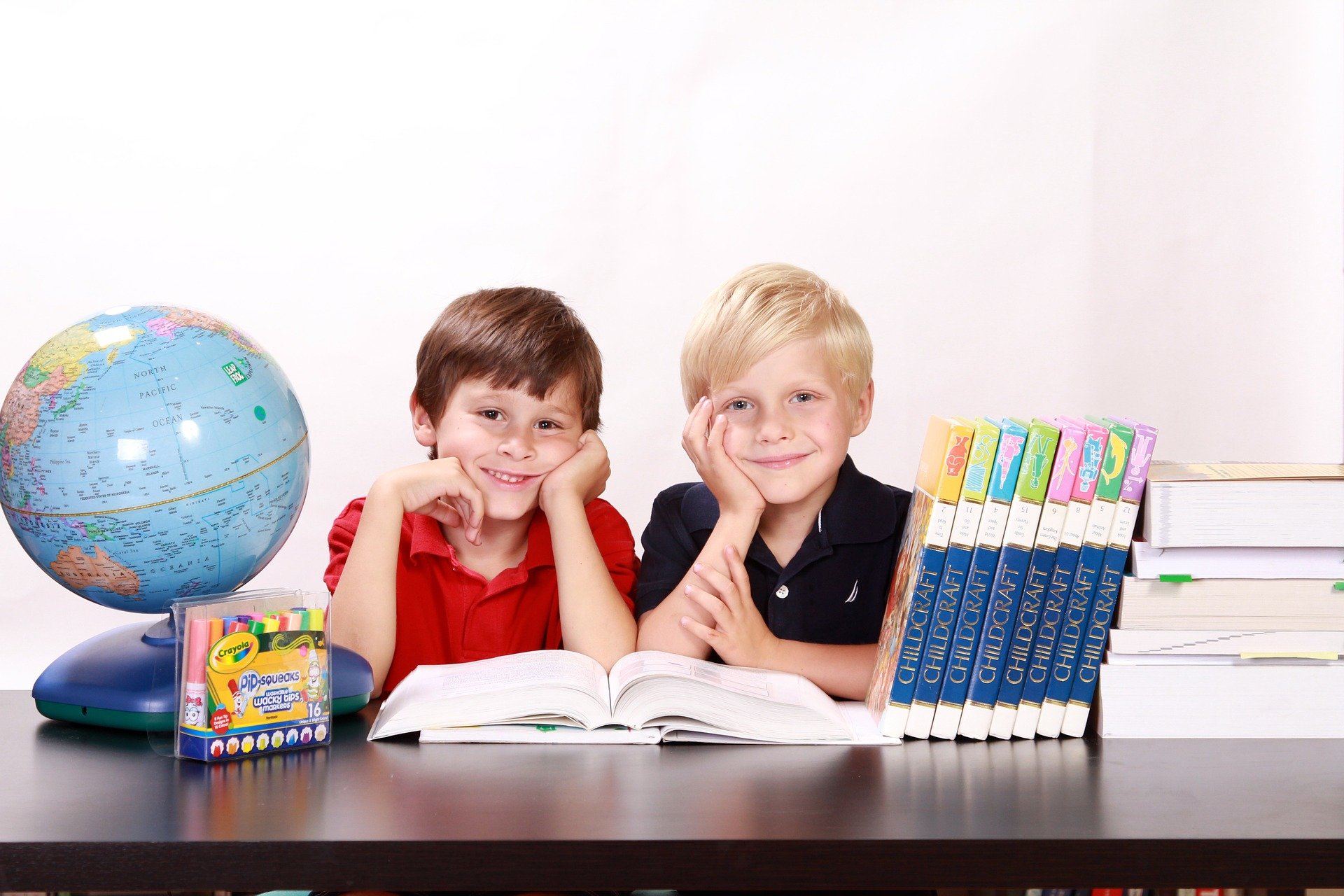The countries getting free education right
As the Organisation for Economic Co-operation and Development (OECD) which charges the most for students to attend public colleges, the US is in the midst of an education crisis. Elsewhere, many individuals are fortunate to live somewhere where education is affordable or free, giving students more career opportunities, eradicating worries about paying high tuition fees and improving overall quality of life. In these countries, students also typically receive an equal education to their peers, with few socio-economic factors restricting their ability to learn.
In many parts of the world, not only are primary schools free, but so is further education, with additional perks such as free travel and food thrown in for good measure. For instance, there are seven developed nations that provide free higher education, which encourages more individuals to apply for courses. Here we look at three of the countries paving the way to success for their youth through free education systems.
Dominica
The Commonwealth of Dominica is a small island nation located in the Caribbean, with fewer than 70,000 residents. And while the country isn’t incredibly wealthy, free education reforms introduced by the current Labour Party government have helped students fulfil their dreams of undertaking higher education. Established in a bid to increase the island’s literacy rates, Dominica is one of the few countries in the world offering free education for children aged between five and sixteen.
With only three higher education establishments, students tend to continue their studies abroad, especially since this too is funded for them. The country’s Prime Minister Dr Roosevelt Skerrit has said he’s always intended to make education free to all, and that there’s no better way of “empowering poor people than by giving them education and that’s what Dominica Labour Party has been doing for Dominicans.”
The Dominican government has invested $26 million into the education system using its economic diversification fund, which is itself financed by Dominica’s Citizenship by Investment Programme. This supports socioeconomic initiatives which drive national development, helping students who want to study abroad to gain foreign and intercultural skills, and placing mentors within schools to tutor individuals who would not otherwise be able to afford or access education. Students can also benefit from a no-cost bus service to travel to and from school. This government support has also aided the rehabilitation of 15 schools that were damaged by Hurricane Maria in 2017, giving the children of the country the best possible chance of succeeding in life.
Estonia
Located by the Baltic Sea and home to 1.3 million citizens, Estonia is a developed country with an advanced, high-income economy, offering its residents free education. It had an Education Index (EI) of 0.881 in 2018, with an average of 91% of 3-5 year olds enrolled in early years and primary education, compared to the average 88% across OECD countries. Estonia has been Europe’s newest education powerhouse by the BBC, with students significantly outperforming the UK in every single subject domain of the Pisa tests by the age of 15.
Education is free from 18 months, and schools are often economically integrated, meaning that poor and rich students learn in the same classroom, in accordance with the country’s principle of equality. The Minister for Education and Research Mailis Reps told the BBC that education has always been valued, and “free in Estonia really means free. You don’t pay for textbooks, you don’t pay for the school lunches, you don’t pay for school transportation.”
Estonia also has high teacher autonomy, meaning they stay with the same students in grade 1-3 and sometimes up to sixth grade, which further contributes to the high performance of the country’s students. This also allows teachers to cater to every individual, as they are able to understand how each student learns, and how to adapt to their needs in the long term. For example, OECD statistics show that Estonia ranks first in Europe, and third worldwide, in natural sciences, while they’re also placed joint first in Europe alongside Switzerland in mathematics.
Sweden
Sweden is the EU’s third largest country, and boasts an excellent free education system. It has a Human Development Index ranking of 0.937, and an EI of 0.914, while it’s internationally ranked among the top ten for reading ability. Sweden’s education system is known to be especially egalitarian, with a higher chance for students to succeed there than anywhere else. The country is committed to promoting the development and learning of all students, and aims to nurture a desire for lifelong learning.
There are no fees for education, food or healthcare at upper-secondary schools, while universities also offer free tuition, providing free lunch and a no-uniform policy. Sweden’s success is likely to stem from its focus on the children, rather than meeting targets, ensuring they receive a well-rounded education and attain excellent results. The country’s high taxation rate also means that its schools are more than adequately funded.
Sweden’s Independent School Reform of 1992 made it possible for families to send their children to any school without having to pay fees, while the Swedish Education Act of 2011 details the basic principles for compulsory education. The legislation promises freedom of choice, greater insight, and student safety and security, ensuring equal access to free education.

